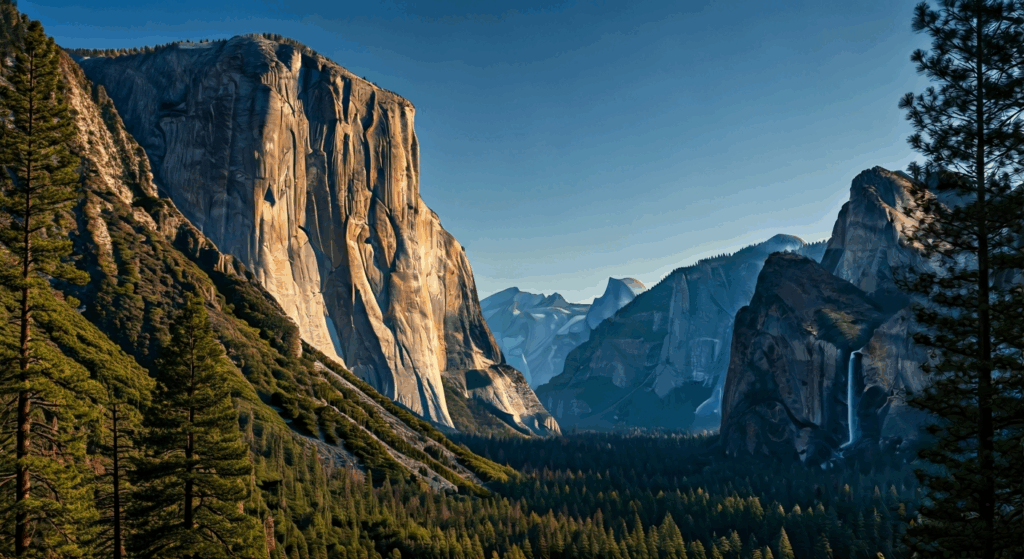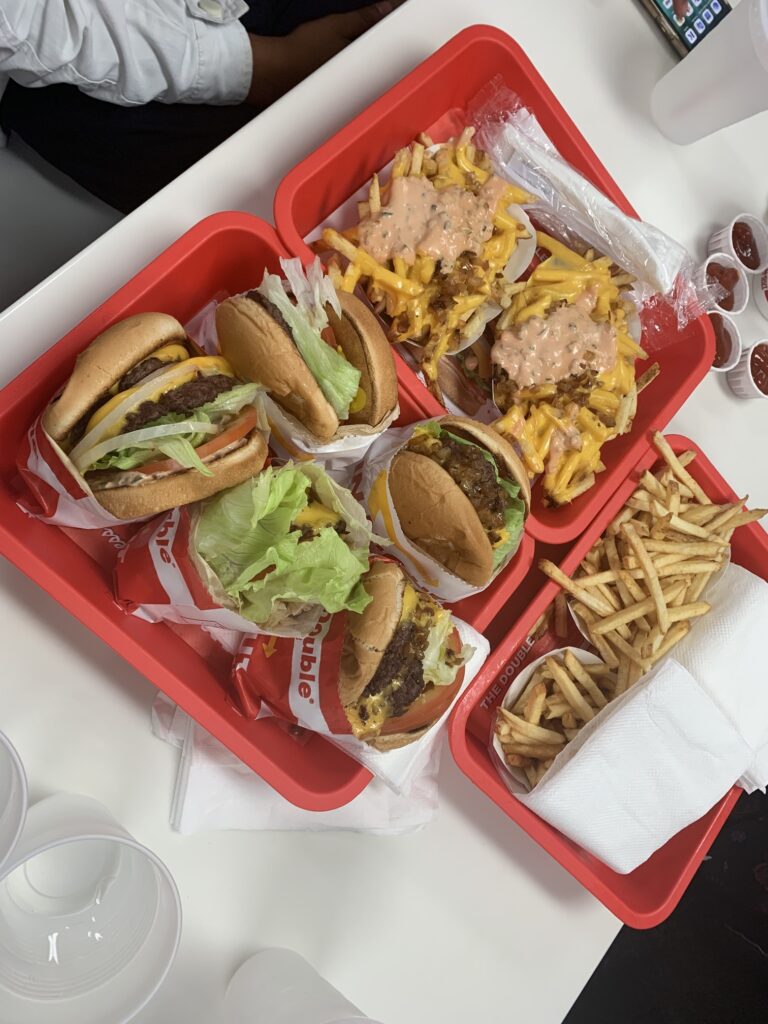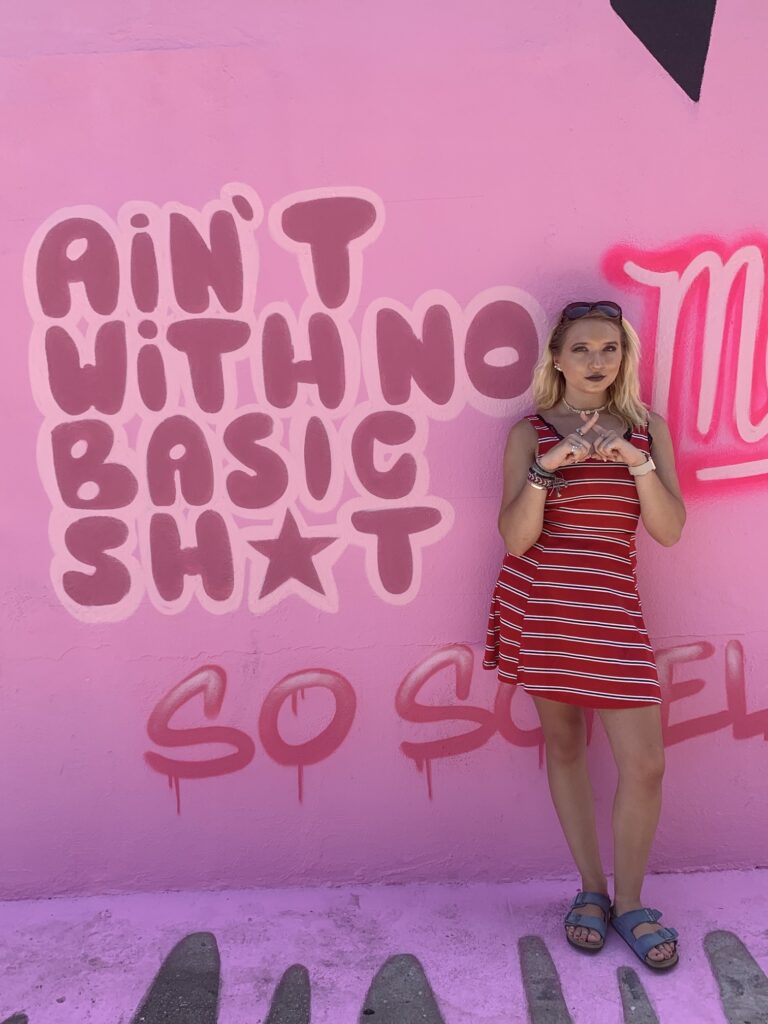Travel Guide to Vienna, Austria
Ra's Guide to Vienna
The music and wine capital of the world.
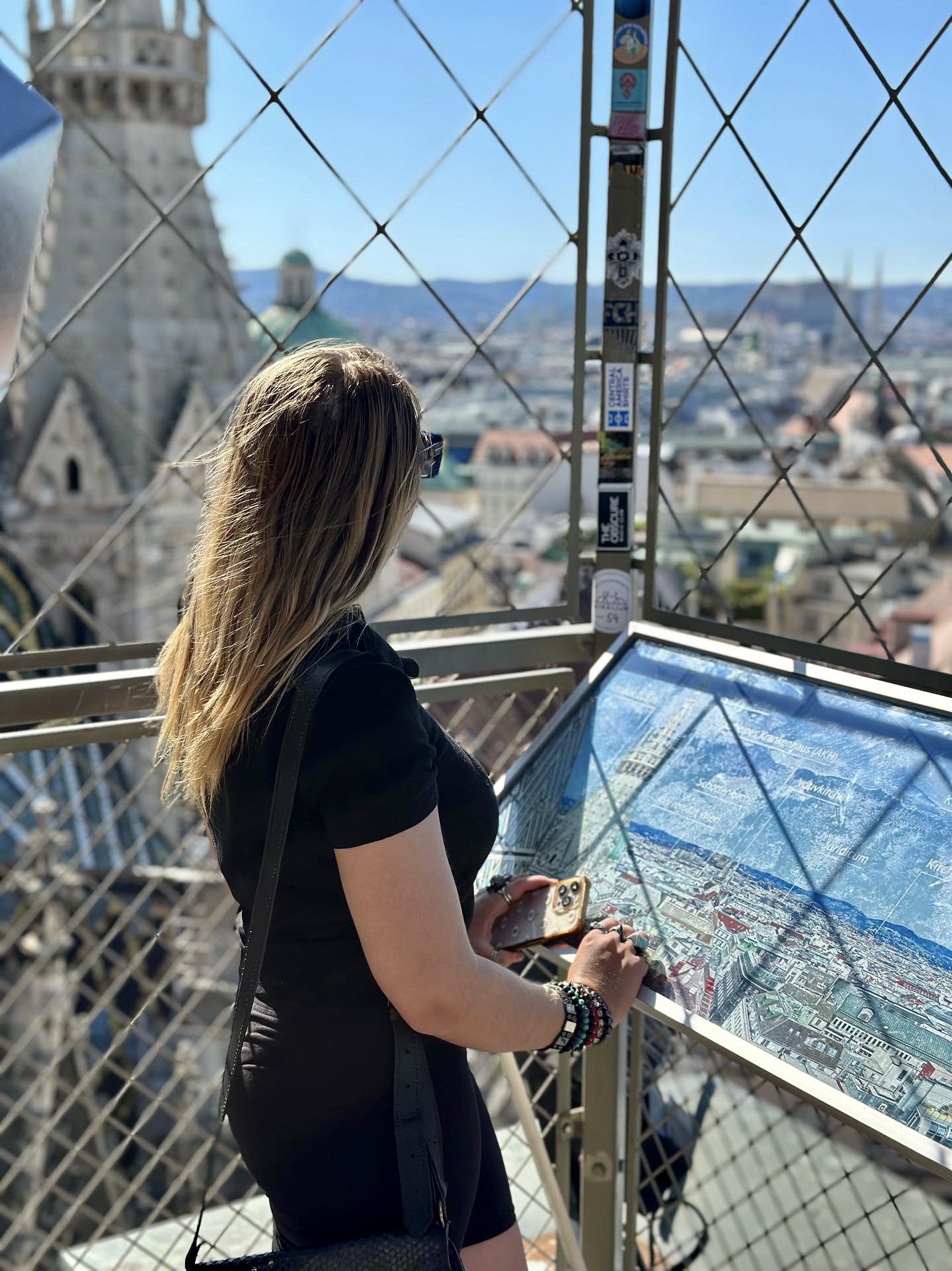
Vienna, a city steeped in history, has earned a multitude of titles over the centuries. It's known as the "City of Dreams," owing to its significance as Sigmund Freud's workplace. Additionally, Vienna bears the proud moniker of the "Music Capital of the World" as the birthplace of numerous classical composers. It's also celebrated as the "Wine Capital" due to its status as the largest wine producer. Beyond these accolades, Vienna is a hotbed of innovation, boasting distinctions like the world's oldest operating zoo and Ferris wheel, not to mention its association with the creation of snow globes and more. If you're still not convinced, read on for my comprehensive travel guide to Vienna.
Getting to Vienna, Austria: Transportation Options and Travel Tips
Traveling to Vienna is most efficiently accomplished by trains and planes. Moreover, Vienna International Airport, much like Istanbul's airport, serves as a prominent layover hub due to its central European location, connecting flights from around the world. The airport hosts both international and domestic flights, including options from budget airlines, catering to thrifty travelers. For those arriving by train, Vienna's primary railway station, Wien Hauptbahnhof, offers extensive international and domestic connections. It's worth noting that some trains may not terminate at this central station but are well integrated into the city's public transportation system, ensuring straightforward travel to the city center or your chosen accommodation.
Another cost-effective option is bus travel, although it typically takes longer. In addition, Flixbus is the primary company providing international and domestic bus routes, with convenient access to the main train station. For a unique journey, consider the scenic route via boat with Twin City Liners, which sails between Bratislava and Vienna. This picturesque trip lasts around 75 minutes and is available during the summer season, with occasional winter departures. To secure your spot, it's advisable to purchase tickets in advance, especially during the warmer months when boat rides are in high demand.
For convenient travel planning, cost evaluation, and exploring various transportation options, Rome2rio is a valuable tool. It offers comprehensive information, suggests routes and stops, and enables customized and well-informed travel experiences. Furthermore it allows travelers to seamlessly plan their journey and make informed decisions based on their preferences. Discover more at Rome2rio.
Where to Stay in Vienna, Austria?
Vienna offers a diverse range of accommodation options catering to every type of traveler, including Airbnbs, hotels, and hostels. Moreover, prices can fluctuate depending on factors such as location, the duration of your stay, and the time of year. For first-time visitors to Vienna, here are some key areas in the city to consider, each offering its own unique experience:
- Innere Stadt: This district is often regarded as the best area for tourists to stay in Vienna. It's the historic city center, home to many iconic landmarks, museums, and charming streets. Staying here puts you within walking distance of major attractions.
- Mitte and Praterstern Railway Station: If you're in Vienna for just one night or a short layover, Mitte and the area around Praterstern Railway Station can be convenient choices. You'll have easy access to public transportation and can explore nearby attractions like Prater Park.
- Ringstrasse: Planning a visit during the Christmas season? Consider staying along Ringstrasse, where you'll find enchanting Christmas markets, historic buildings, and a festive atmosphere.
- Wieden: For those seeking a more hip and trendy experience, Wieden is a great choice. This district offers a vibrant nightlife, trendy cafes, and a youthful atmosphere.
- Neubau: If you're a museum enthusiast, Neubau is a suitable option. It's home to numerous museums, including the Museum of Natural History and the Museum of Art History.
Thanks to Vienna's excellent public transportation system, it's easy to move between your accommodation and your planned itinerary. During my own visit to Vienna, I opted to stay at a hostel near the railway station. Consequently, the metro station was conveniently located just outside the hostel, allowing me to easily access the city center, visit various tourist attractions, and return to my accommodation without hassle.
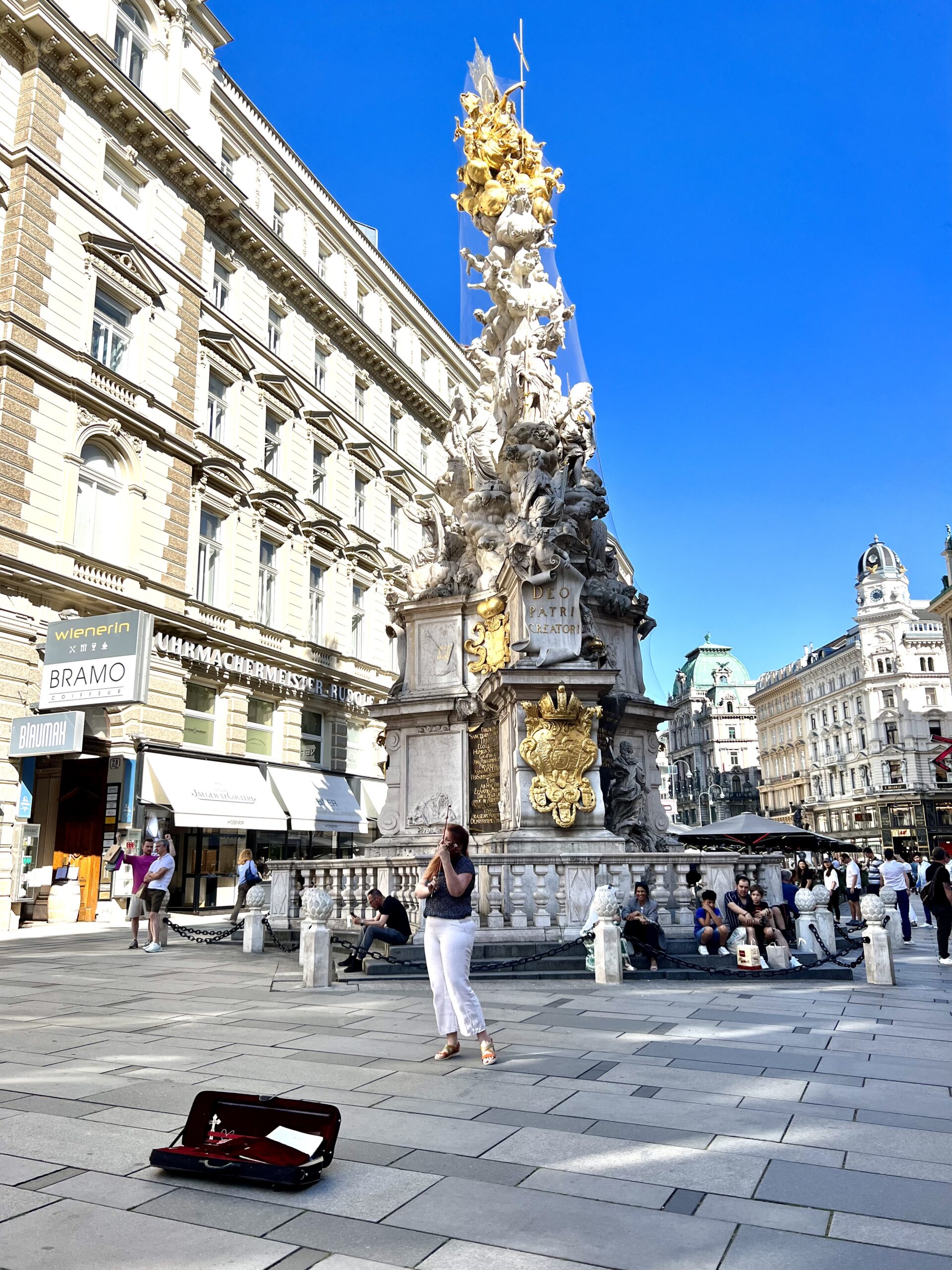
Getting Around Vienna, Austria
Car
While renting a car is an option with agencies at the airport and around Vienna, it's worth noting that it can be one of the pricier ways to get around the city. Moreover, Vienna boasts an extensive public transportation system, making a car unnecessary for most visitors. Before opting for a rental, take some time to familiarize yourself with Vienna's driving laws and regulations.
Metro
Vienna's underground metro, known as U-Bahn, is the primary mode of public transportation in the city. Comprising five lines (U1, U2, U3, U4, and U6), it offers comprehensive coverage. U1 (red line) runs north to south, connecting Leopoldau in the north to Reumannplatz in the south. U2 (purple line) traverses the city from east to west, passing through key tourist destinations. U3 (orange line) travels from Simmering to Ottakring, including the city center and major transfer stations. U4 (green line) follows the Vienna River, stopping at Hütteldorf and ending in Heiligenstadt. Finally, U6 (brown line) is the longest line and bypasses the city center, running from Floridsdorf to Siebenhirten in the outskirts.
Trolleybus
Vienna's Straßenbahn, or tram system, covers most of the city and serves major tourist attractions. Riding trams is both convenient and an opportunity to admire the city's architecture. The ring tram takes a circular route around the historic city center. Suburban tram lines cater to those traveling beyond the city limits. Night trams (N) operate from 12:30 am to 5:00 am, while regular tram lines (1-62, 65-71) provide inner-city transportation. Tickets can be purchased at stations and kiosks.
Train
The Schnellbahn (S-Bahn) offers rapid train services, connecting Vienna's suburbs with the city center. The most popular line for both locals and tourists is S7, which connects the city center directly to Vienna International Airport. Here's a quick overview of the different train lines: S1 runs from Gänserndorf to Wiener Neustadt, linking the northeast to the south. S2 travels through Laa a der Thaya and Wiener Neustadt, extending beyond the S1 line. S3 connects Hollabrunn to Sopron, bridging the northwest and southeast. S4 links Wien Heiligenstadt to Wiener Neustadt. S8 serves the northeast, connecting Wolkersdorf to Wien Floridsdorf. Lastly, S9 connects the southwestern suburbs from Wiener Neustadt to Payerbach-Reichenau. Tickets are available in various time passes and can be purchased at kiosks and stations.
Bus
While buses are available, they are not the most efficient means of public transportation, except for reaching areas not covered by other options. The main advantage of buses is the night line service, which operates throughout the night when other forms of public transportation are unavailable.
Taxi
Uber and traditional taxis are readily available in Vienna and generally have comparable pricing depending on the time of day. Taxis can be hailed on the street, reserved in advance, or found at taxi stands near major tourist attractions. Booking a taxi in advance often results in lower fares. Always request a price quote for your destination to avoid any surprise charges.
Bike/Electric Scooters
Bolt and Lime scooters are conveniently located throughout the city center for your use. Be sure to have the necessary apps downloaded and set up with a credit card before scanning a QR code. Vienna also offers bike rentals, similar to CitiBikes; just follow the instructions at the rental stands. Don't forget to end your trips to avoid additional charges.
Walking
Vienna's walkability is a highlight, with major attractions conveniently situated close to one another. Due to well-lit streets, ample sidewalks, and pedestrian-only areas, people often explore the city on foot from early morning to late evening. Embrace the opportunity to discover Vienna by walking, appreciating its architecture and vibrant atmosphere while also saving some money on transportation.
What to Do in Vienna, Austria?
Historical Walking Tour
Vienna is a large city with a rich history. If it’s your first time visiting, I highly recommend embarking on a walking tour to help you orient yourself with the city, learn a little about where you’re visiting, and to get insider tips from locals. While many tour companies offer their own versions of walking tours, sometimes on scooters or segways, I recommend taking a free walking tour where the price is tip-based.
St. Stephen's Cathedral
An iconic gem of Vienna's skyline, St. Stephen's Cathedral boasts a breathtaking interior. Explore its hallowed halls, adorned with chapels, 18 altars, tombs, and even catacombs. Entry is free, but to access areas like the catacombs and bell tower, a small additional fee of around 6 euros is required. Remember to carry cash, as credit cards aren't accepted within the church.
Schönbrunn Palace
Delve into the opulent past of Vienna by visiting Schönbrunn Palace, the former summer residence of the Habsburgs, Austria's former rulers. Tour the palace's lavish interiors, stroll through its magnificent gardens, and capture the beauty of this architectural marvel. To avoid long queues, I recommend booking tickets in advance, as this palace is a popular tourist destination.
Hofburg Palace
Step back in time with a visit to Hofburg Palace, the historic official residence of the Habsburgs until the early 1900s. Explore the Royal Apartments, numerous rooms, the Treasury, and the Austrian National Library. To skip the queues, it's advisable to purchase your tickets ahead of time.
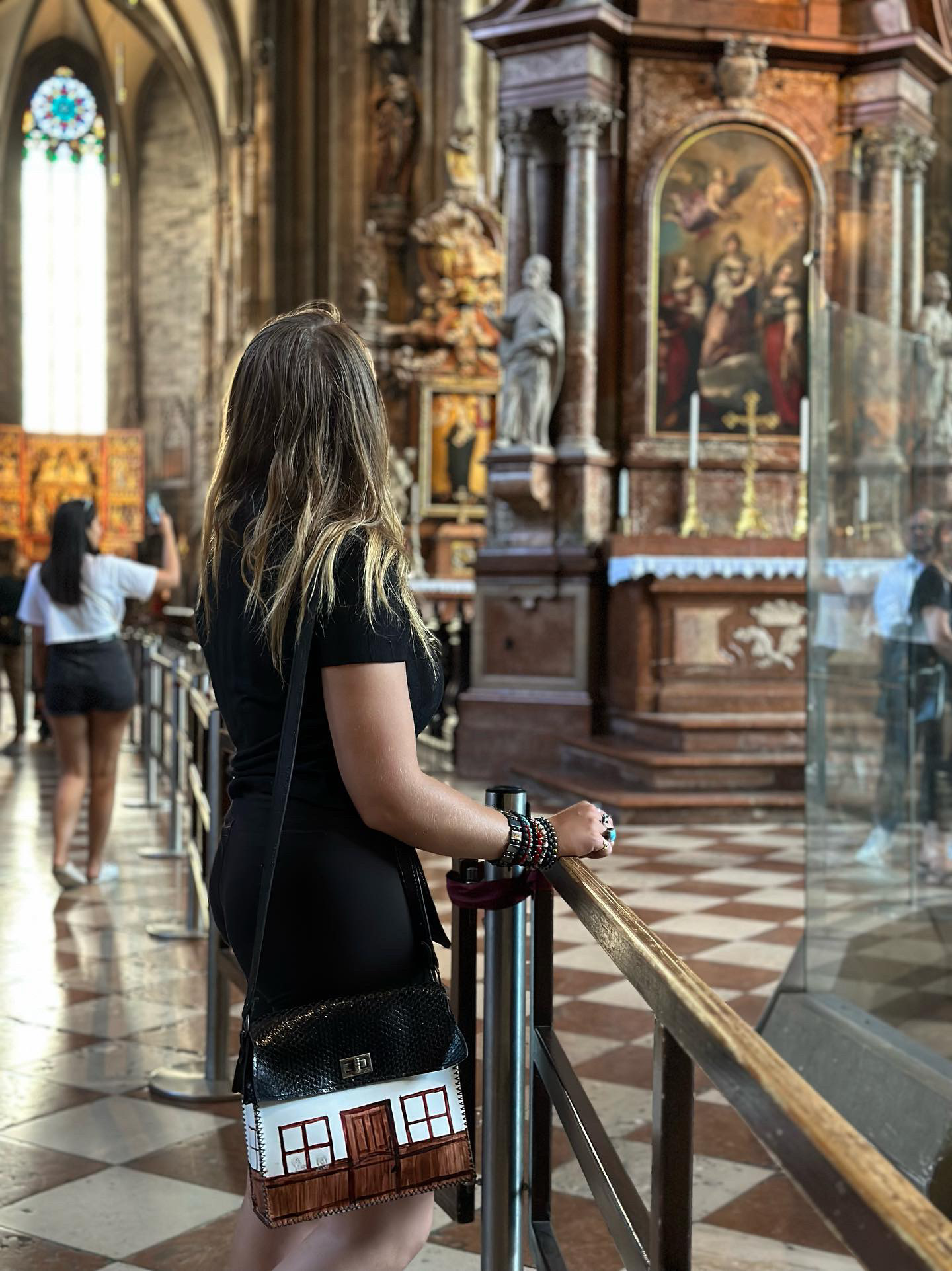
Belvedere Palace
Another splendid palace on Vienna's list is the Belvedere, a masterpiece of Baroque architecture. Inside, you'll discover an impressive art gallery housing the largest collection of Gustav Klimt's works, including the renowned "The Kiss." To avoid waiting in line, consider purchasing tickets online.
Mozart Concert
Embrace Vienna's musical heritage by attending a Mozart concert in the city where the legendary composer was born. Various theaters host performances that combine opera, dance, and classical compositions, promising a memorable cultural experience.
Vienna State Opera
The Vienna State Opera, an exquisite venue, presents over 300 performances annually. It serves as the home of the Vienna State Orchestra, State Ballet Company, and hosts the prestigious Vienna Opera Ball. Secure your tickets online in advance or opt for discounted or standing-only tickets available 80 minutes before the show.
Sigmund Freud Museum
Explore the life and groundbreaking work of Sigmund Freud at the Sigmund Freud Museum. Housed at Bergasse 19, where Freud practiced until 1938 amidst Nazi persecution, the museum offers a glimpse into the family's private rooms, Freud and Anna Freud's practices, and engaging exhibitions on psychoanalysis and their life history.
Wiener Riesenrad
Take a ride on Vienna's historic giant Ferris Wheel, the Wiener Riesenrad. Located at the entrance of The Prater, an amusement park gifted to the people in 1766, this iconic attraction offers a panoramic aerial view of the city.
Historic City Center
Wander through Vienna's main pedestrian area, situated in the heart of the city along the Ringstrasse. Admire the architectural wonders of this UNESCO World Heritage Site while exploring key attractions such as Kårtner Strasse and St. Stephen's Cathedral.
With this comprehensive travel guide to Vienna, you'll have all the information you need to make your visit unforgettable. Explore the city's rich history, iconic landmarks, and efficient public transportation system to make the most of your time in Vienna, Austria.
Travel Tip
When in doubt about navigating Vienna, my top recommendation is to utilize Google Maps.
My Playlist for Vienna, Austria
"The Blue Danube" by Johann Strauss II
"Vienna" by Ultravox
"Vienna Calling" by Falco
"Donauwellen" (The Waves of the Danube) by Iosif Ivanovici
"Wiener Blut" by Johann Strauss II
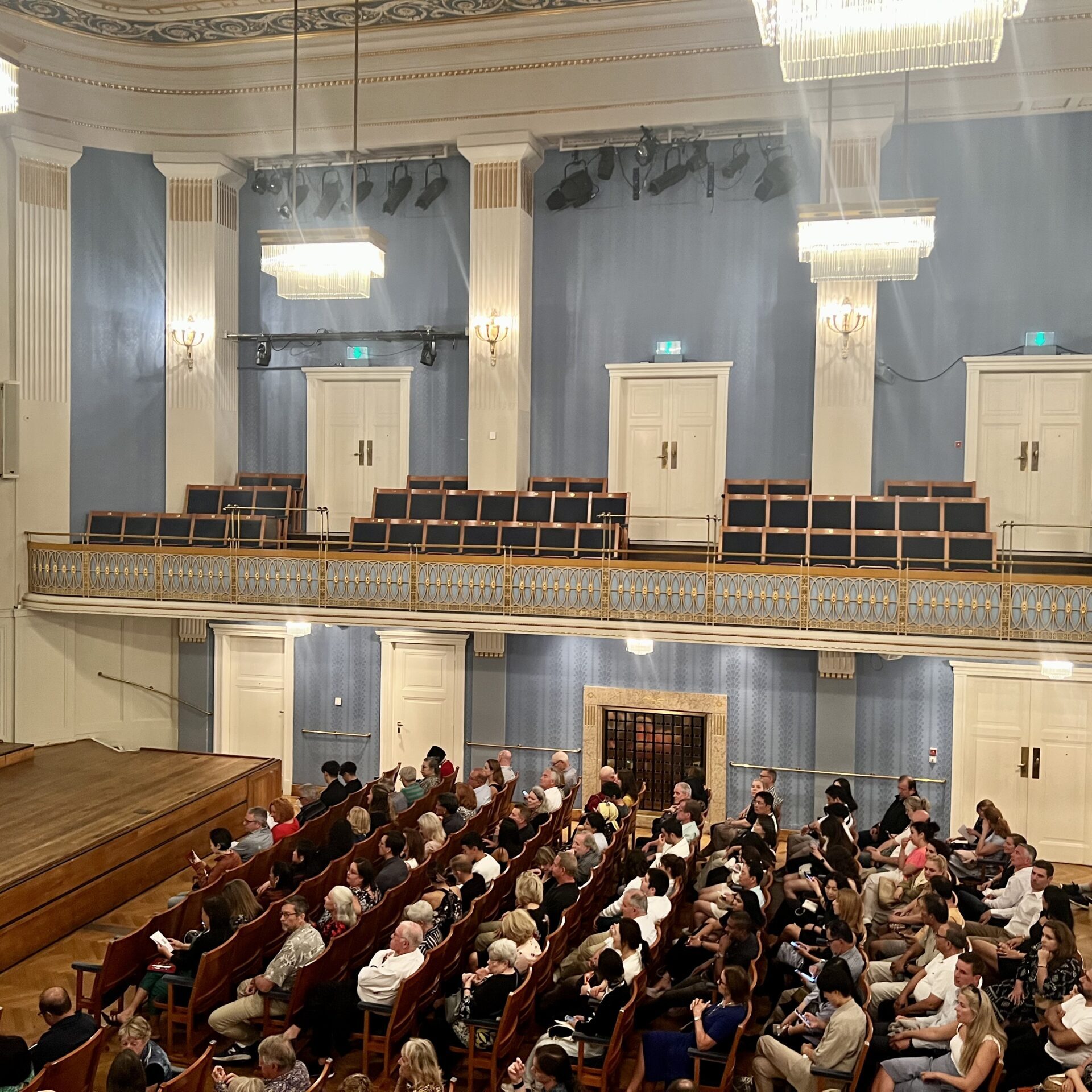
Recommended Reads
Explore Yosemite National Park: A Nature Lover’s Paradise
Key Highlights Next, let’s dive into what makes Yosemite National Park an unmatched treasure of the United…
Local Favorites: What Food to Eat in California
Key Highlights Introduction California, also called the golden state, is a great place for people who love…
Discover the 20 Best Places to Visit in California Now
Key Highlights Introduction California is a place that has something for everyone. You can find natural beauty…

